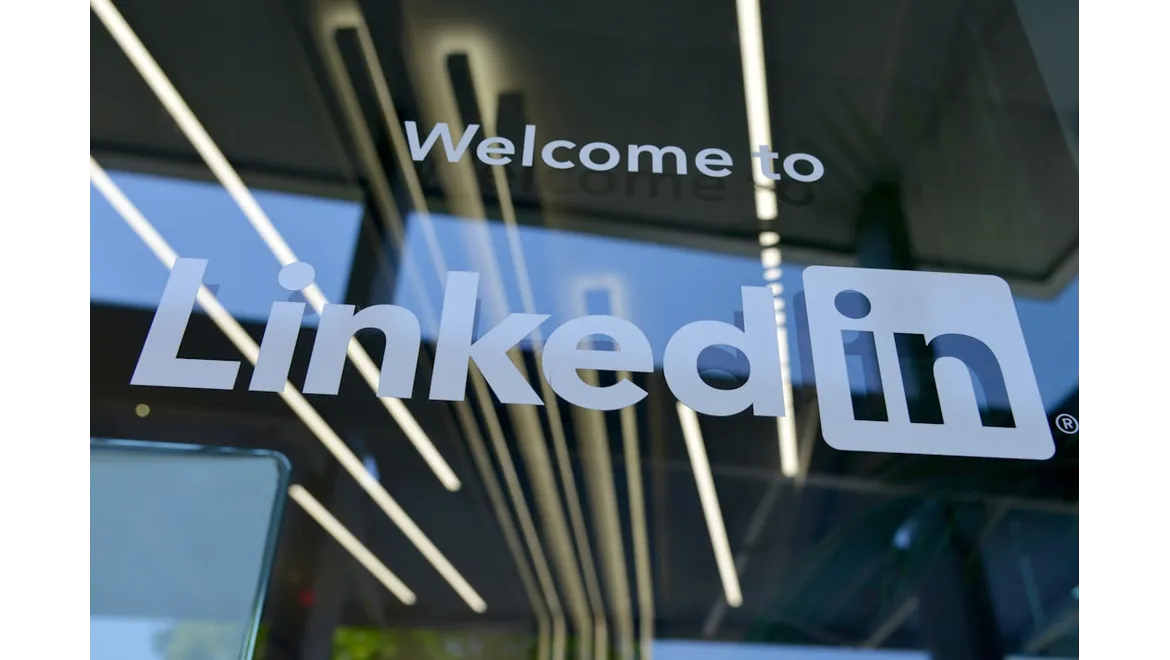Right, so picture this. I was grabbing a virtual coffee with Michael the other day, and we got chatting about innovative ways to drum up business on LinkedIn. You know how it is, everyone’s doing the same old thing, so you’re constantly searching for that edge. Anyway, Michael dropped a bit of a bombshell: LinkedIn quizzes. Not just any quizzes, mind you, but properly crafted, lead-generating powerhouses.
My initial reaction? A bit skeptical, if I’m honest. Quizzes felt a bit… Buzzfeed-y. But Michael was insistent. He was all about moving Beyond Buzz, he called it. It’s all about going past the clickbait, past the fleeting attention, and delivering something genuinely valuable. He’s done it and it works. So here’s what I learned:
Finding the Sweet Spot: Pain Points and Solutions
First thing’s first: your quiz needs a purpose. It can’t just be a random assortment of trivia. Michael stressed the importance of aligning the quiz topic with your target audience’s biggest pain points and, crucially, how your product or service addresses them. Think about it: what problems are your ideal clients wrestling with right now? What keeps them up at night? Once you’ve identified those pain points, you can craft a quiz that directly addresses them.
For example, if you’re a marketing agency specialising in social media, you might create a quiz titled ‘Is Your Social Media Strategy Actually Working?’ Or, if you’re a financial advisor, perhaps something like ‘Are You Prepared for Retirement?’. See how these quizzes instantly grab the attention of people who are likely facing those specific challenges?
Crafting Compelling Questions (That Aren’t Obvious)
Michael pointed out that the quiz questions themselves are crucial. They need to be engaging, thought-provoking, and, importantly, they shouldn’t give away the answer immediately. The goal is to get people thinking about their current situation and how it relates to the problem you’re addressing.
Here’s a tip Michael shared: Frame your questions in a way that reveals a gap in knowledge or a potential area for improvement. For example, instead of asking ‘Do you use social media analytics?’, try ‘How effectively are you tracking the ROI of your social media campaigns?’. This subtle shift encourages people to consider the effectiveness of their efforts, rather than simply confirming that they’re doing something.
Results That Spark Conversation
Okay, so someone’s taken your quiz, now what? This is where the real magic happens. Michael explained that the quiz results shouldn’t just tell people whether they ‘passed’ or ‘failed’. Instead, they should provide personalised feedback, actionable insights, and relevant resources.
For example, if someone scores poorly on the ‘Are You Prepared for Retirement?’ quiz, the results could highlight specific areas where they’re falling short (e.g., insufficient savings, lack of investment diversification) and offer tailored advice on how to improve their situation. Importantly, this is where you seamlessly integrate your own expertise. Perhaps offer a free consultation, a helpful guide, or a link to a relevant blog post.
Lead Generation Without Being Pushy
Let’s talk leads. Of course, the ultimate goal is to generate new business, but no one likes being bombarded with sales pitches. Michael emphasized the importance of offering genuine value before asking for anything in return. He suggests gating the quiz results behind a simple form. Ask for their name, email address, and perhaps a question or two about their specific needs.
This allows you to capture valuable lead information while demonstrating your expertise and providing helpful insights. But here’s the key: use this information responsibly. Don’t immediately blast them with sales emails. Instead, nurture the relationship by providing ongoing value, sharing relevant content, and offering personalised support.
LinkedIn’s Built-in Features
Here is something that I found was very helpful: Don’t reinvent the wheel and use existing facilities to allow the quiz to be used effectively. This can be done within LinkedIn posts by creating a document to load into the post and then asking people to download it. This can then be followed up to create a dialogue.
So, what’s the takeaway here? Creating interactive LinkedIn quizzes and assessments is a powerful way to cut through the noise, engage your target audience, and generate high-quality leads. It’s about moving beyond superficial engagement and providing genuine value. By focusing on your audience’s pain points, crafting compelling questions, delivering personalised feedback, and nurturing relationships, you can transform your LinkedIn profile into a lead-generating machine. I’m definitely giving it a go!











